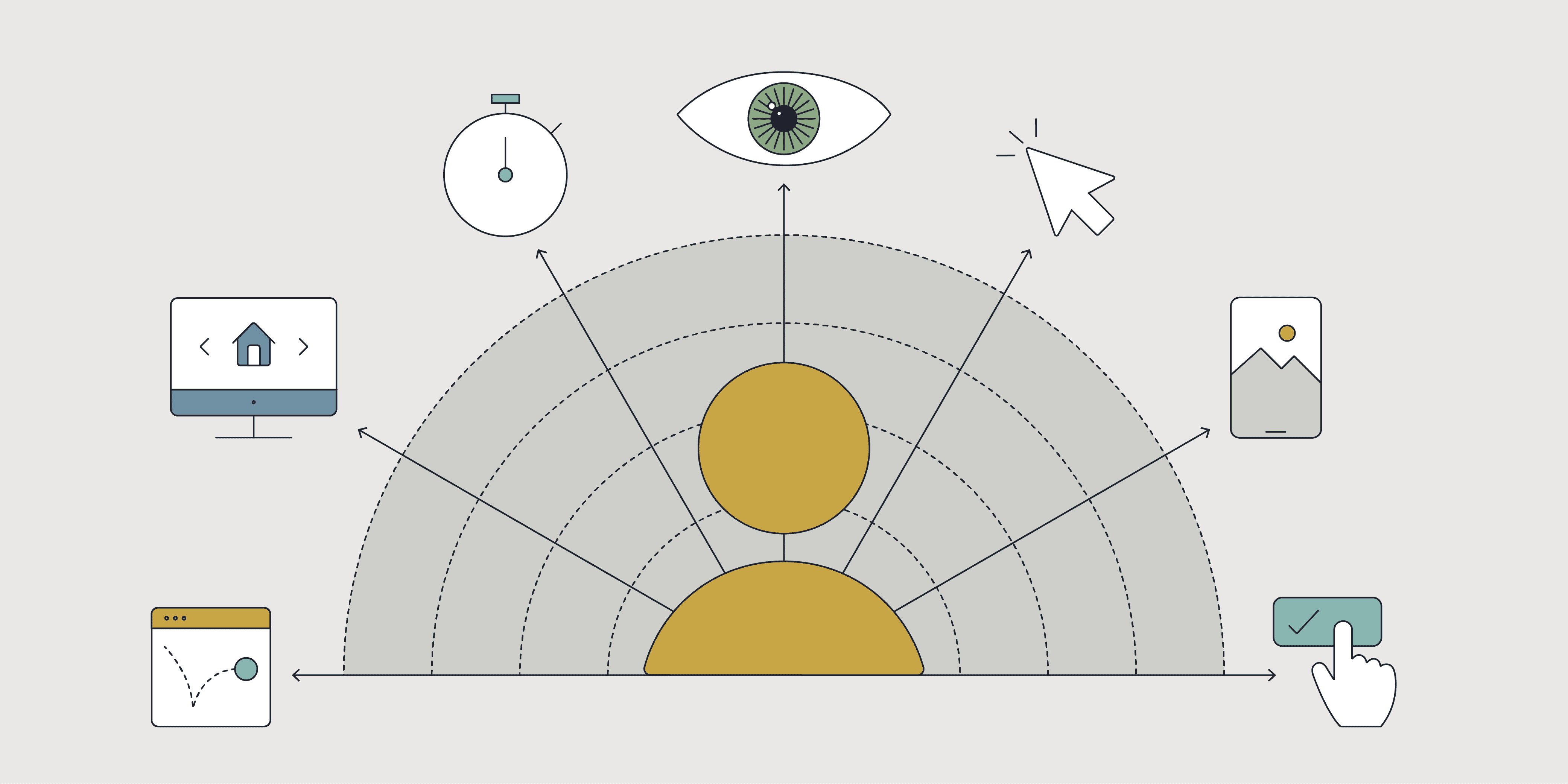Moderated or unmoderated usability tests for B2B websites?
19th June 2024 •
19th June 2024 •

Usability testing is a UX research methodology. It’s used in a Human-Centred Design (HCD) process to evaluate a digital product by testing it on potential users.
As we test products during the design phase to eliminate usability issues before the development process, we frequently run usability tests – both moderated and unmoderated. As we navigate the complexities in B2B UX research, the distinction between these methodologies becomes not just relevant, but vital.
Through this exploration, my aim is to explain the differences between moderated and unmoderated usability studies, offering you a pathway to informed decision-making that aligns with both your project goals and available resources.
What usability testing can help us do:
What usability test can’t do:
B2B products often cater to niche markets. They have a smaller, more specialised user base, and involve complex decision-making processes and longer sales cycles. These characteristics significantly influence how usability studies should be designed and conducted.
Moderated usability testing involves the presence of an interviewer (moderator), typically someone from the UX team, and their active involvement in conducting the testing. The moderator gives tasks to the respondent in real time and asks clarifying questions during the test. Such tests can be conducted both virtually and in person, and they create a deep understanding of why the solution works, to inform further iteration.
When to conduct moderated usability studies:
Limitations:
Unmoderated usability testing is conducted without the involvement of a moderator. The respondent independently completes a series of tasks, and their actions are recorded for analysis. There are paid platforms to conduct these types of studies. These platforms provide tasks and questions to users which were initially written by a UX researcher and records their responses and actions during every session. Unmoderated tests require more meticulous planning than a moderated study, since you cannot rely on human judgment to adapt the study procedures on the fly.
When to conduct unmoderated usability studies:
Limitations:
For informed decision-making in B2B, understanding the differences between moderated and unmoderated research is essential. Clients can choose the method that best aligns with their needs based on factors such as project objectives, budget, timeline, and desired level of detail.
As a Torpedo client, you can utilise these methodologies to optimise your digital products and enhance the user experience for your target audiences, regardless of whether you opt for the depth of moderated studies or the scalability of unmoderated studies.
Usability testing is a UX research methodology used in a Human-Centred Design process to evaluate a digital product by testing it on potential users. It helps identify usability issues during the design phase before development begins.
Usability testing helps identify design issues, uncover opportunities for improvement, and learn about user behaviour and preferences. However, it cannot tell us how to fix issues, predict real-life usage, or validate product value.
B2B products often serve niche markets with specialised users and complex decision-making processes. Usability testing helps tailor the experience to actual users, ensuring efficiency and effectiveness in their workflows.
Moderated usability testing involves a UX team member guiding the participant through tasks in real time, asking clarifying questions and observing behaviour. It provides deep insights and is suitable for complex workflows and specific user groups.
It should be used during the discovery phase, for complex tasks, niche user scenarios, accessibility testing, and when detailed feedback is needed. It is ideal for understanding user reasoning and validating design decisions.
Moderated testing is time-intensive and costly, may introduce moderator bias or observer effects, and has limited scalability due to resource demands and logistical constraints.
Unmoderated usability testing is conducted without a moderator. Participants complete tasks independently, and their actions are recorded for analysis. It requires careful planning and is suitable for basic task evaluation.
It is best for evaluating simple tasks, obtaining quick results, and working within a limited budget. It allows for synchronous data collection and faster analysis.
It offers less control over the test environment, limited opportunity for follow-up questions, and may result in incomplete or misinterpreted data due to lack of real-time interaction.
Choose based on project goals, budget, timeline, and desired level of detail. Moderated testing offers depth and interaction, while unmoderated testing provides scalability and speed.
